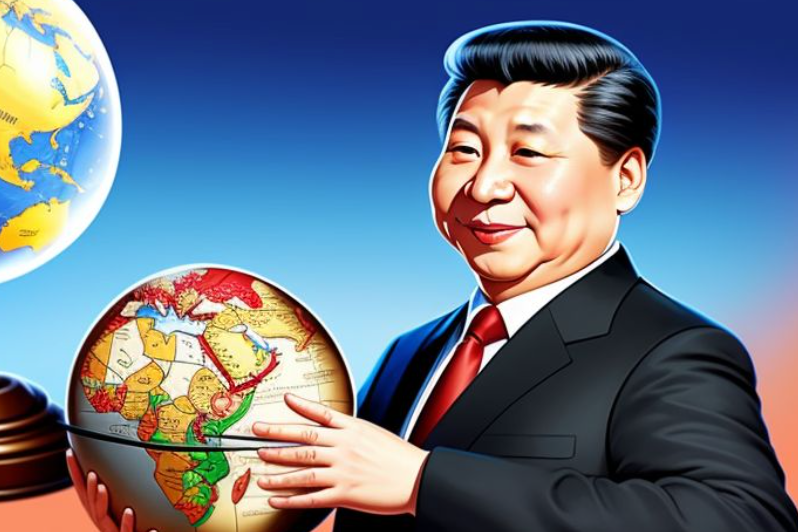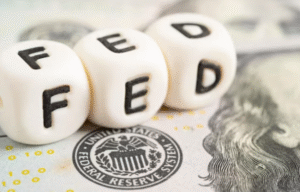$FXI $MCHI $BTC
#China #Manufacturing #PMI #CaixinPMI #SSE #GlobalEconomy #EconomicData #BusinessGrowth #Investment #SupplyChain #AsianMarkets #IndustryAnalysis
China’s manufacturing sector showed signs of resilience in October, swinging back into expansionary territory, according to a recent private survey. The Caixin/S&P Global manufacturing Purchasing Managers’ Index (PMI) came in at 50.3 for the month, surpassing earlier expectations of 49.7 in a Reuters poll. This latest reading is notable as any figure above 50 is indicative of expansion, signaling a potential rebound in China’s industrial activity. The uptick is a welcome departure from previous months when manufacturing output struggled under the pressure of global supply chain bottlenecks, weakening external demand, and uncertainty from prolonged geopolitical tensions.
Investors often look to PMI data as a key indicator of economic health. October’s result, although marginally above the threshold, offers hope that China’s economy may be stabilizing. This is a positive sign for both domestic and international investors, especially after months of subdued activity in one of the world’s largest manufacturing hubs. As China is a substantial participant in the global supply chain, improvements in its manufacturing performance can have ripple effects. Global markets, particularly those involved in raw materials and technology, could see a recovery due to increased demand from Chinese manufacturers. However, stringent regulatory measures and lingering concerns around property sector defaults may counterbalance some of this renewed optimism.
For global financial markets, China’s PMI numbers are often scrutinized as a proxy for broader global economic conditions. With the world still recovering from COVID-19 disruptions, the health of China’s manufacturing sector has added significance. The better-than-expected PMI result in October may offer a temporary lift to global equities, particularly Chinese stocks or ETFs such as $FXI or $MCHI, as market participants factor in the potential for stronger short-term growth. Cryptocurrency traders could also see $BTC and other major assets benefit indirectly from China’s improved economic outlook, given the robust correlation between macroeconomic performance and market sentiment in volatile times.
Still, many economists urge caution, pointing out that a PMI barely above 50 doesn’t suggest robust growth but rather stabilization at best. Concerns around ongoing regulatory pressures, coupled with waning global demand, could still weigh heavily on the country’s economic prospects. Decision-makers and investors will likely continue to watch a broad range of indicators before formulating a clearer view of China’s economic direction, particularly as it navigates a complex post-pandemic recovery landscape. The bounce in the latest PMI notwithstanding, uncertainty remains embedded in the nation’s broader economic outlook, as the global industrial landscape continues to face significant headwinds.











Comments are closed.